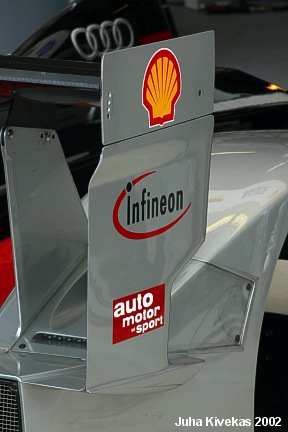Howard Jones
Supporter
Fran, I looked up the 1223 profile. It looks like it will work well beyond more than 15 degrees angle of attack. The drag goes up but it doesn't stall. How about my wing? Can you point me towards any performance data?
Now......I have no idea if I will be able to really drive the car anywhere near fast enough to tell if I am doing any good when I try to set the car up. However I do like this stuff, that is the real hobby part in my mind, and so far I have been able to learn what I need to make things work.
Any advice on aero setup will be useful if only to keep me off the wrong track.
Thanks Fran.
Now......I have no idea if I will be able to really drive the car anywhere near fast enough to tell if I am doing any good when I try to set the car up. However I do like this stuff, that is the real hobby part in my mind, and so far I have been able to learn what I need to make things work.
Any advice on aero setup will be useful if only to keep me off the wrong track.
Thanks Fran.



















